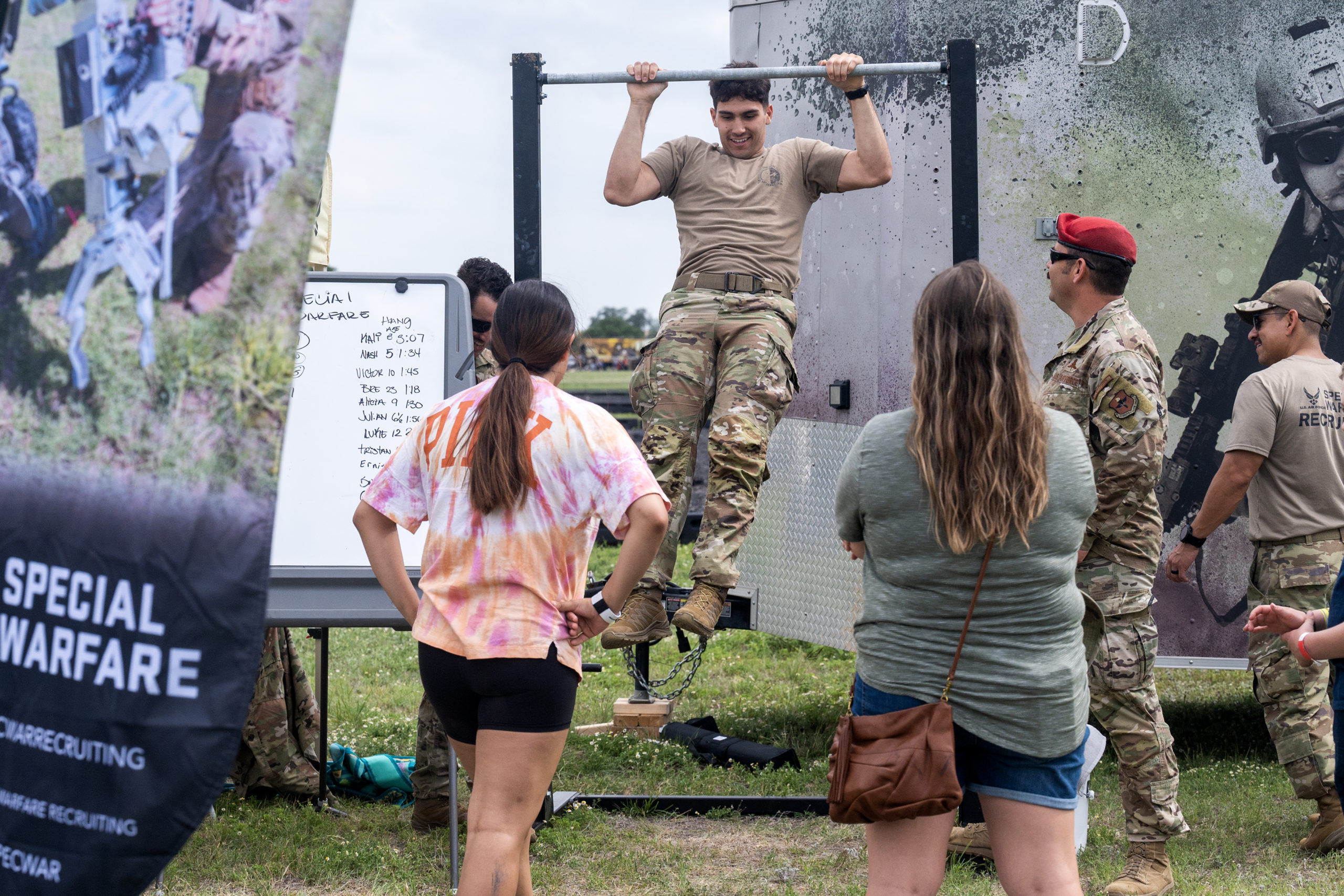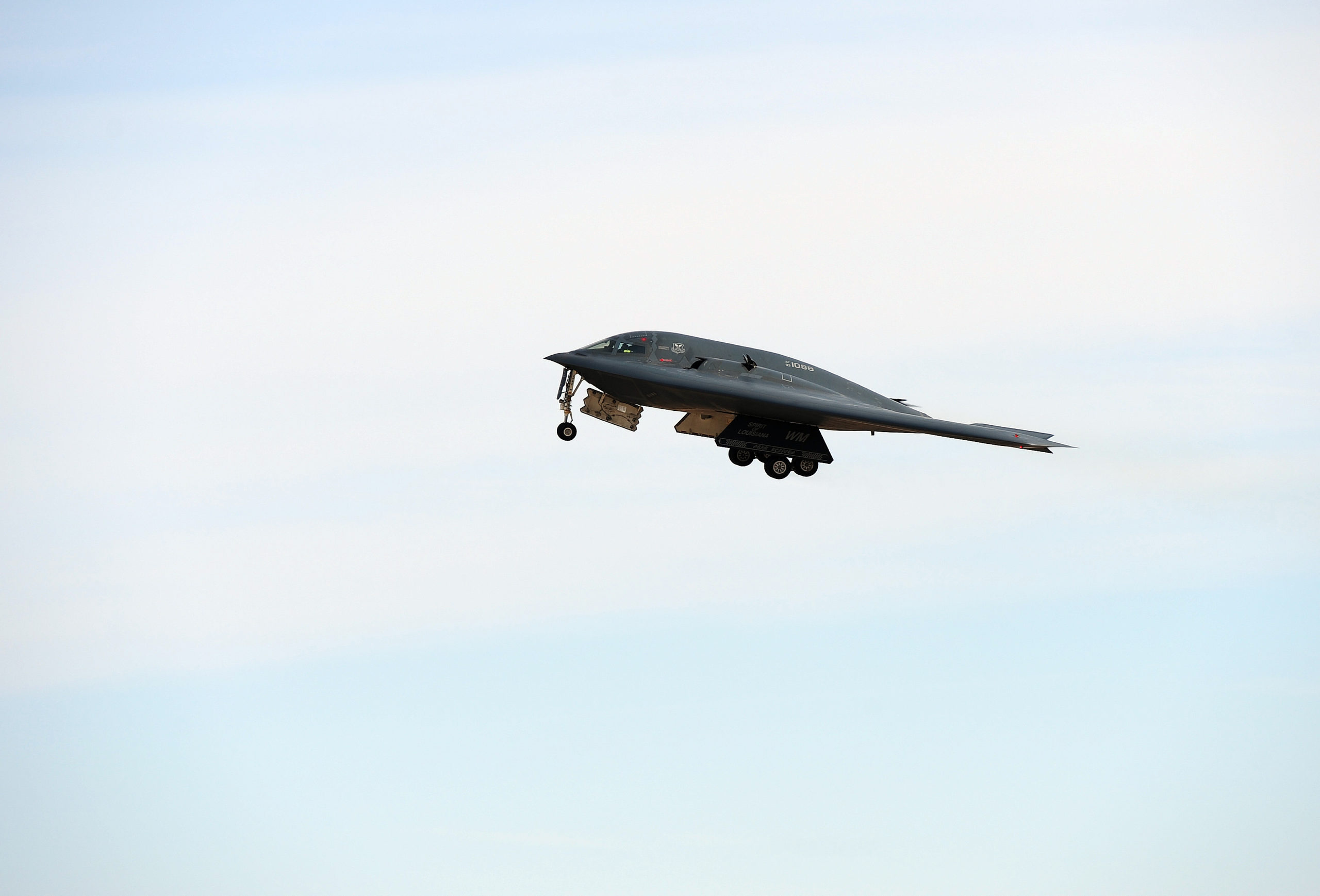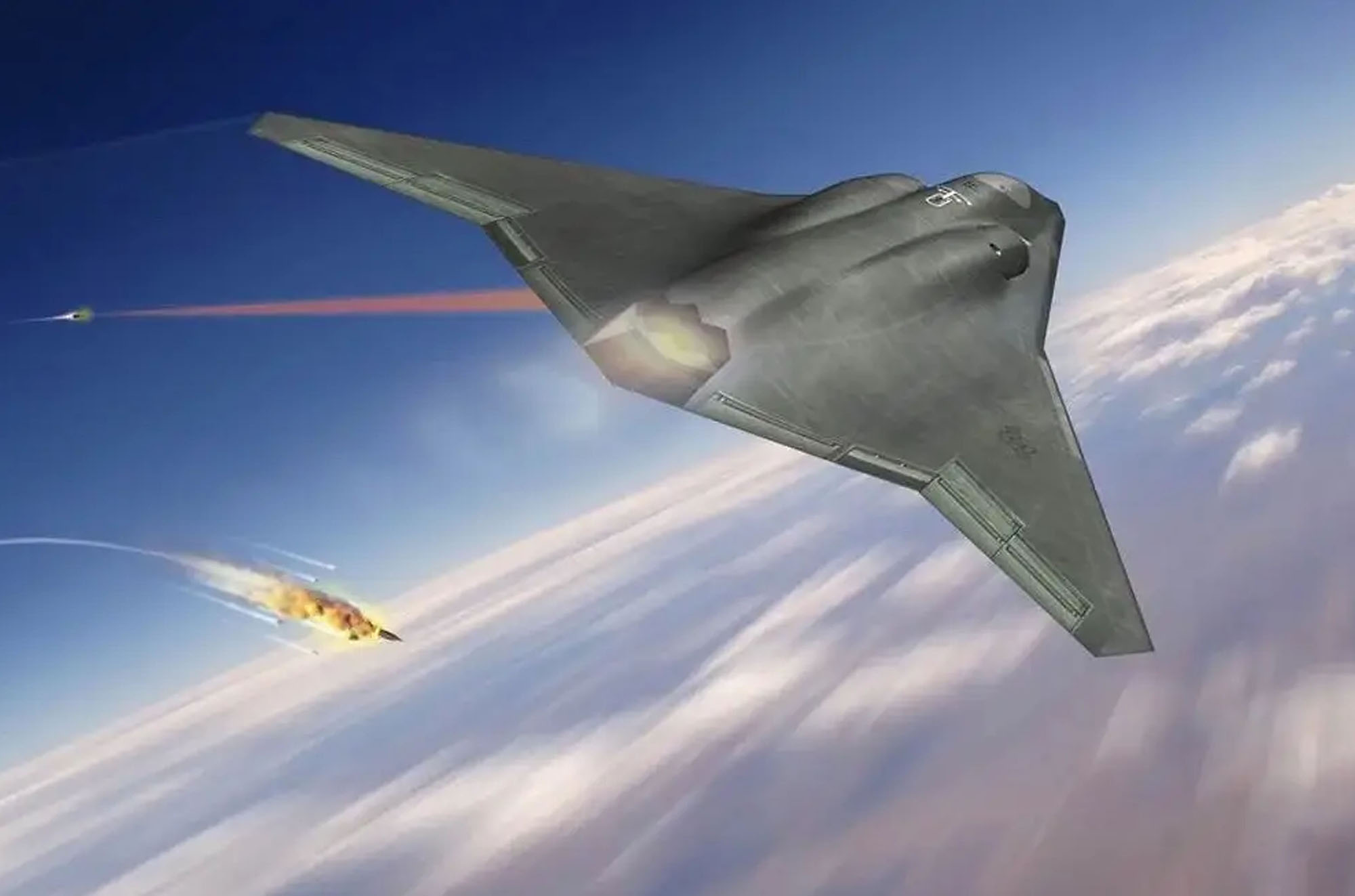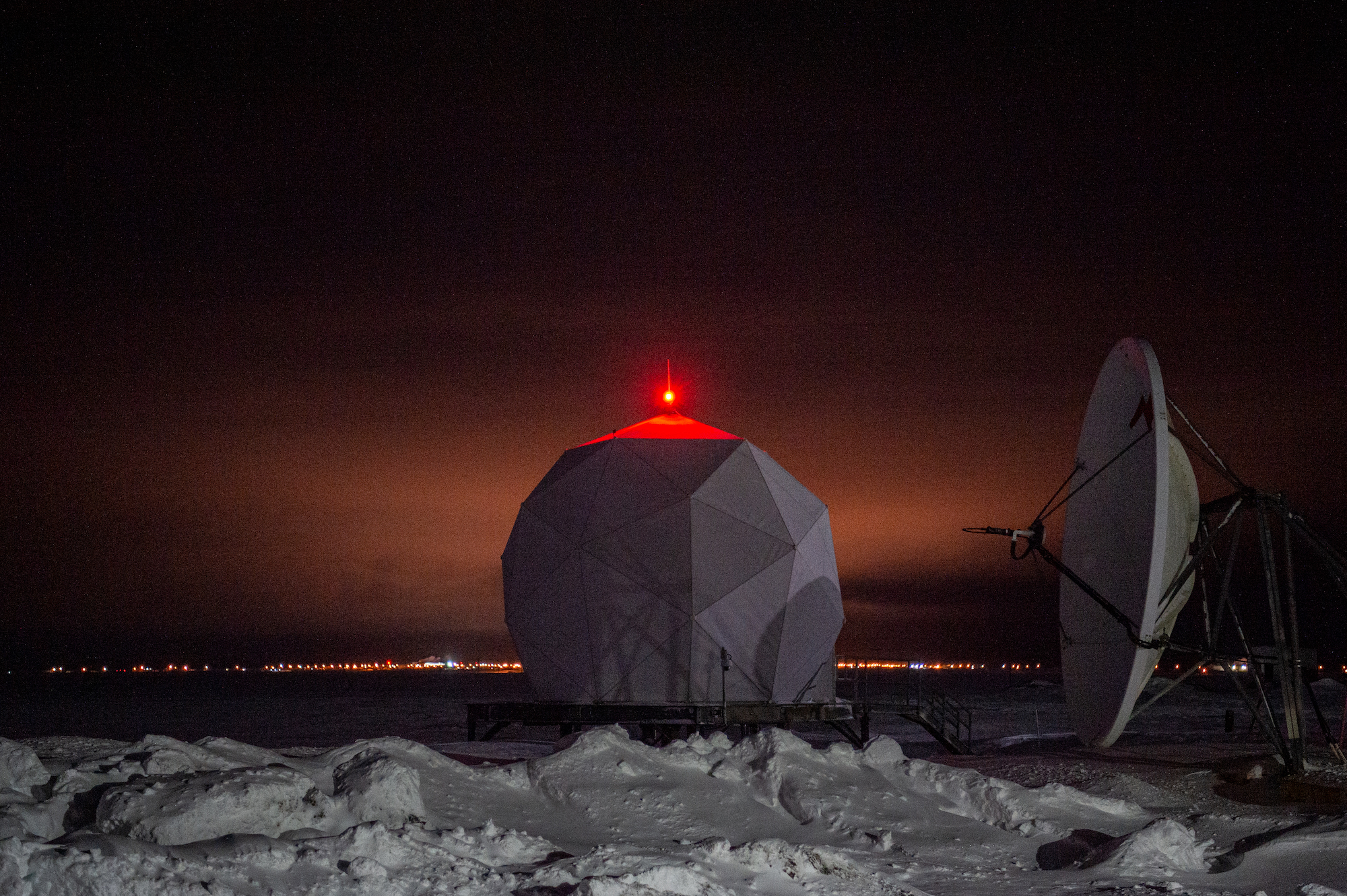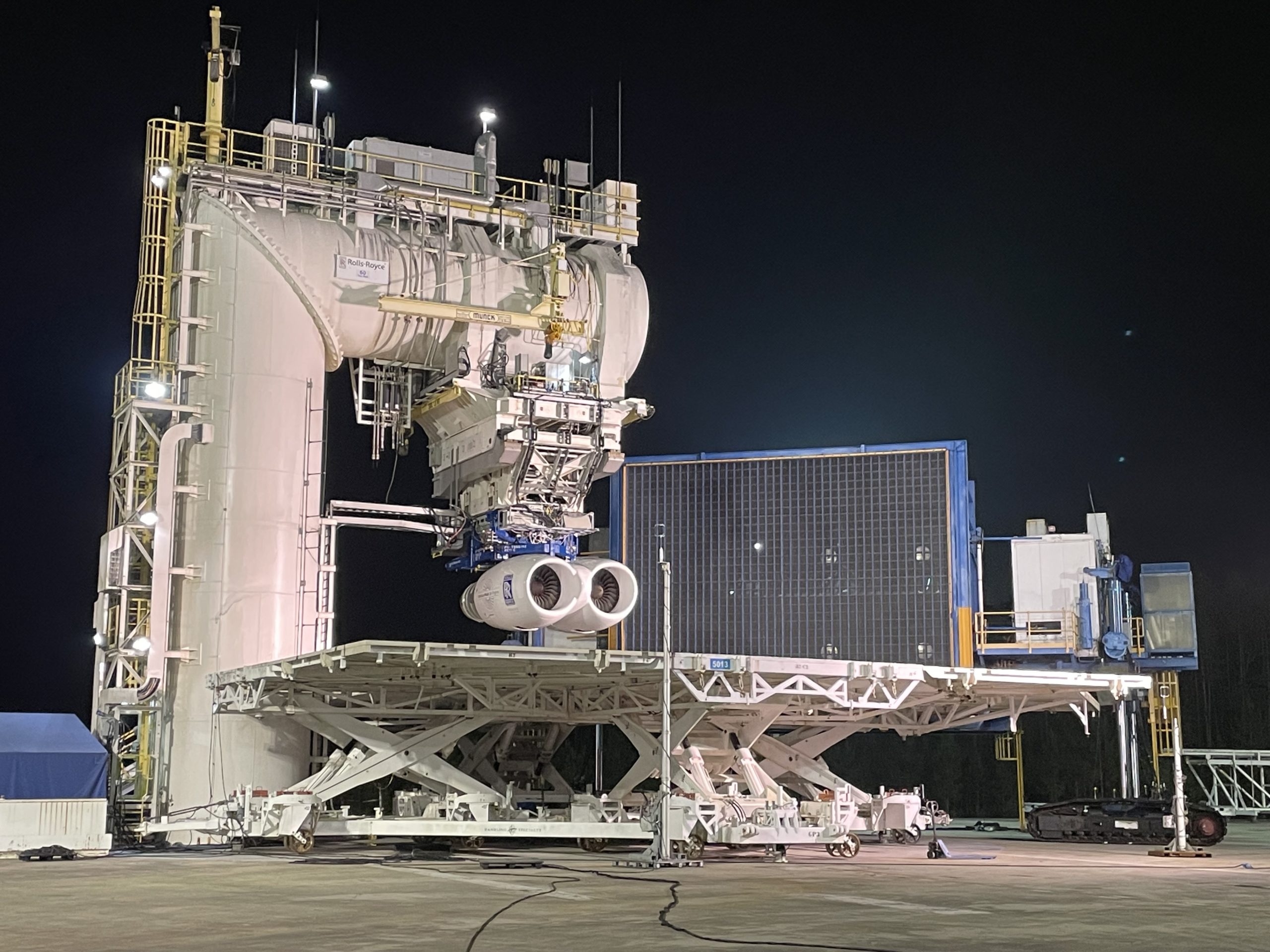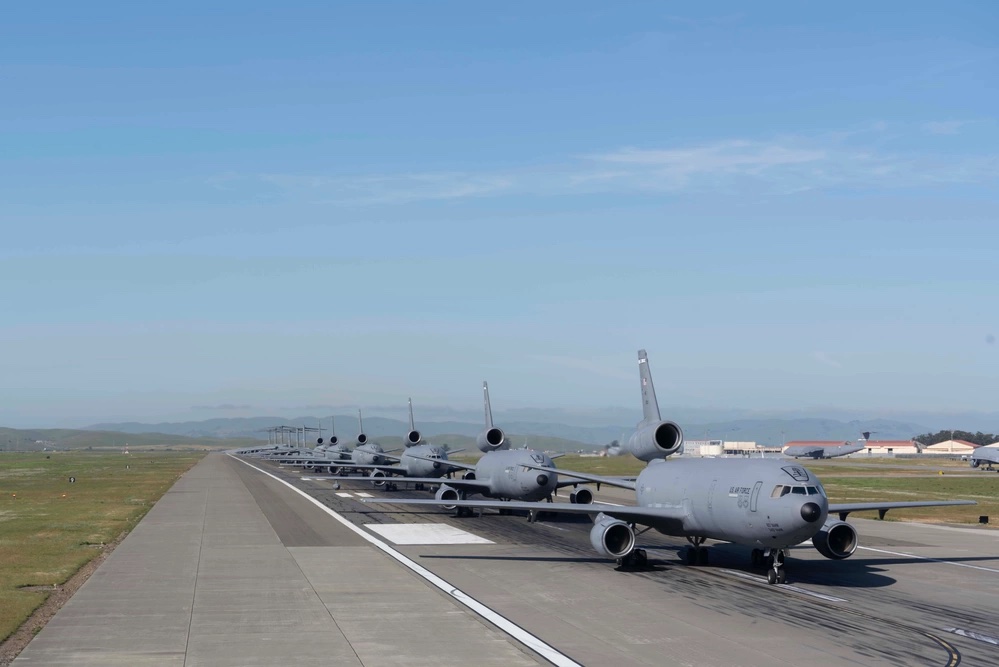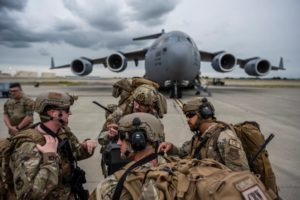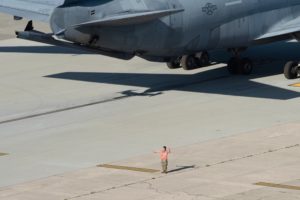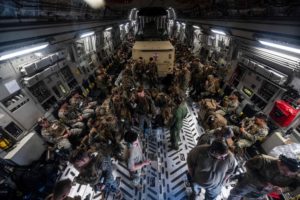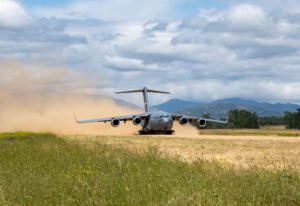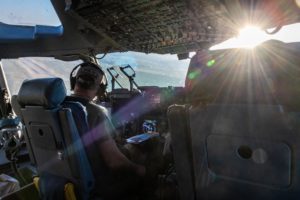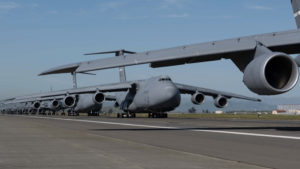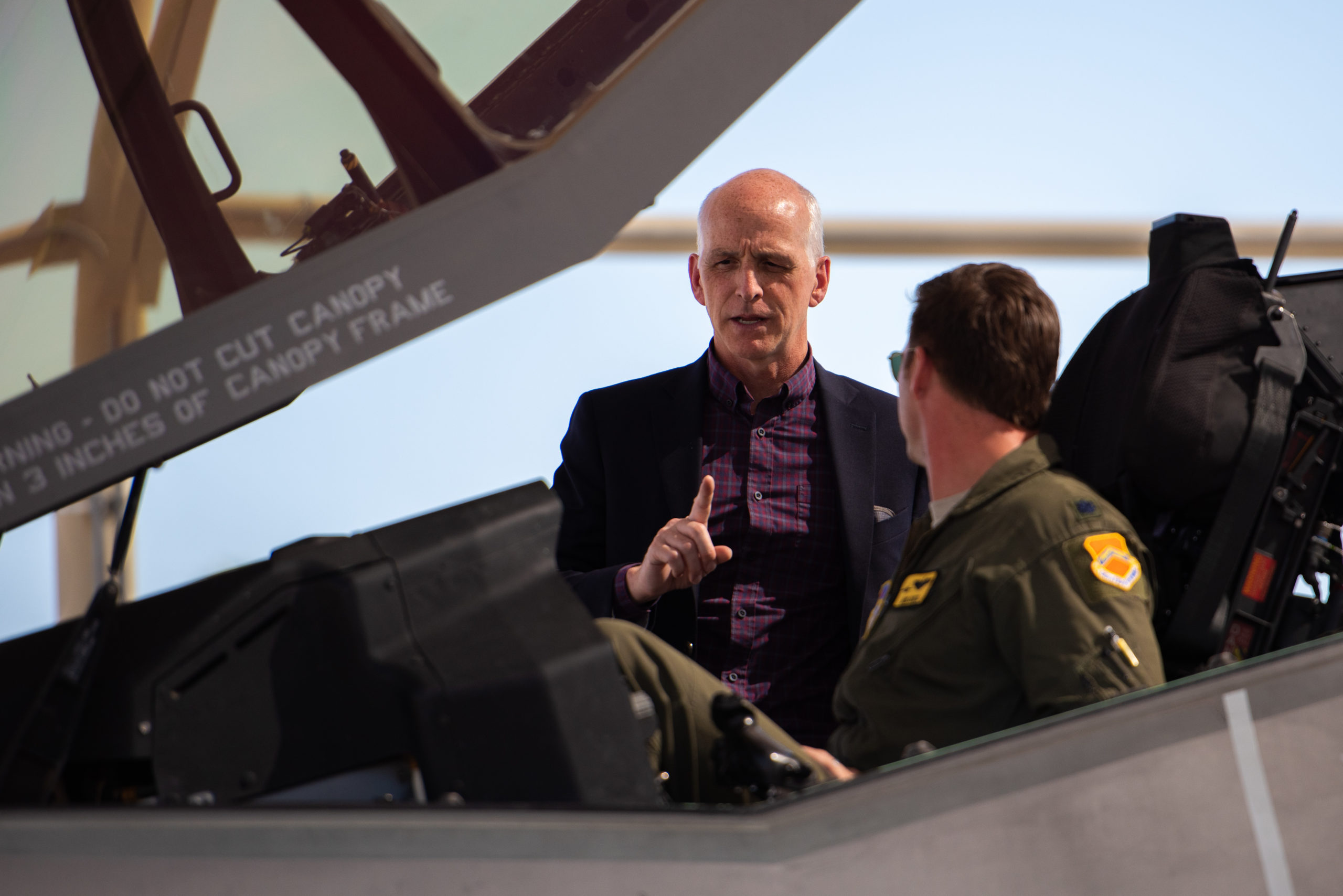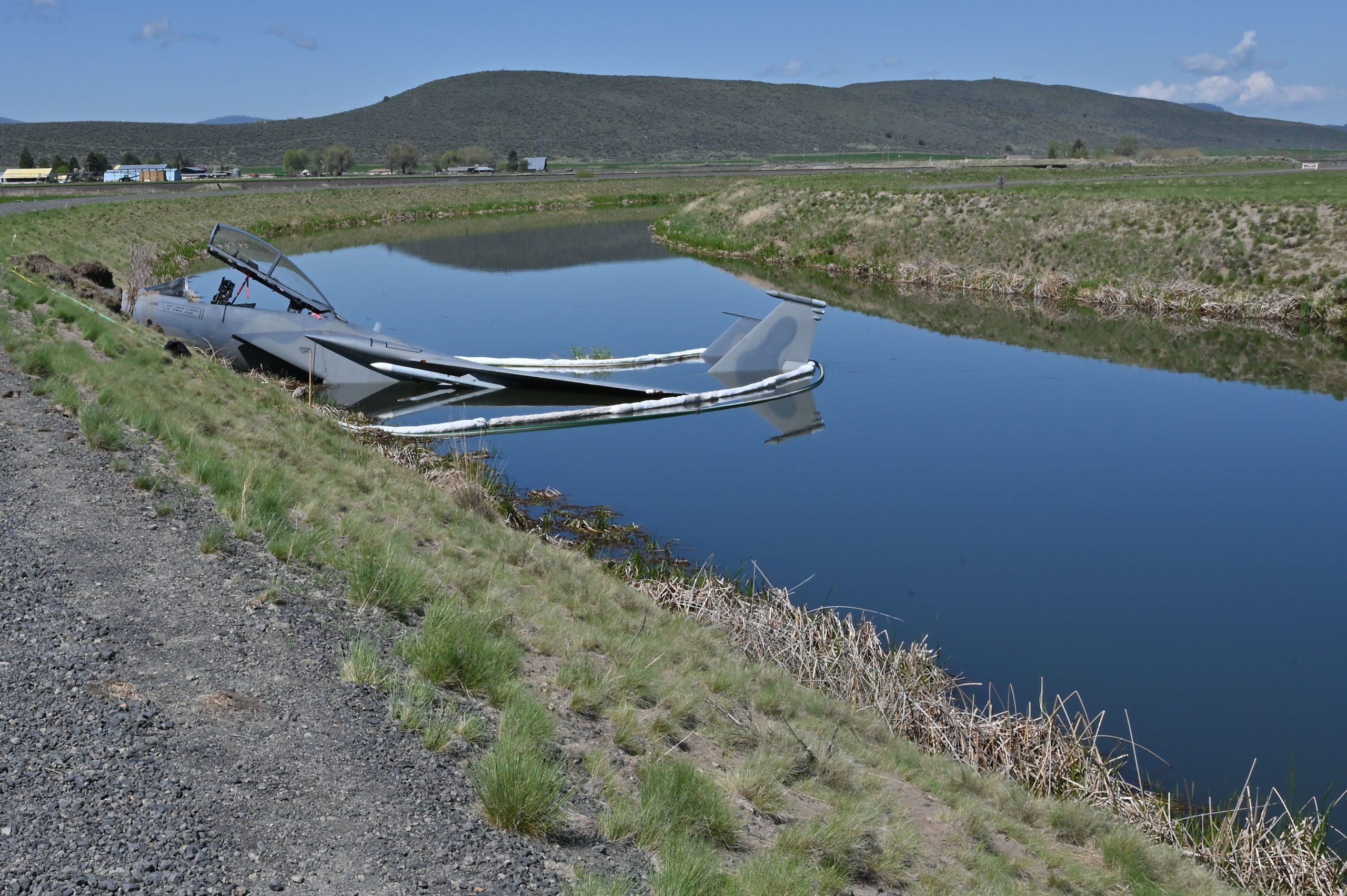Looking to close a huge projected recruiting shortfall, the Air Force is dangling medals and promotions as an incentive for Airmen of all stripes who do some recruiting on their own.
The Stellar Talent Acquisition Recruiting Referral program will award an Air and Space Achievement Medal to any enlisted Airman or Guardian up to senior master sergeant and any officer up to lieutenant colonel for referring a recruit who departs for basic training.
Three referrals will score them a second medal. And any enlisted service member or officer up to colonel who refers five recruits will earn an Air and Space Commendation Medal.
There’s more. The Stripes for Referrals program targets the Air and Space Forces’ most junior members, E-1s. An Airman Basic who refer two enlisted candidates can be promoted to Airman in the Air Force, or Specialist 2 in the Space Force. Refer four candidates “who join the Delayed Entry Program or Delayed Entry Training” and they can jump straight to E-3—Airman First Class or Specialist 3.
To get credit for referrals, participants must use the Aim High recruiting app, specifically the “Refer a Friend” information fields.
Both programs were formulated as part of the Department of the Air Force’s Barriers to Service Cross-Functional Team, championed by Air Force Vice Chief of Staff Gen. David W. Allvin. The team has now pushed several policy changes aimed at boosting recruitment and retention.
While the Space Force continues to receive more applicants than it has jobs to fill, the Air Force is struggling to meet its fiscal 2023 goals, making 2024 look like it’s going to be just as hard. Officials blame declining eligibility among young people, low civilian unemployment, and perceptions of an overly politicized military. Lingering effects of the pandemic, the long wars in Afghanistan and Iraq, and declining faith in the military have also been cited as factors.
Air Force leaders anticipate missing recruiting targets by 10 percent this year for the Active force, and by even more in the Guard and Reserve.
Other initiatives pushed by Allvin’s cross-functional team include restoring programs to help repay college loans for enlisted members and speeding up the citizen naturalization process for new recruits at Basic Military Training.
The Air Force Recruiting Service is trying to expand its universe, plotting an ambitious new marketing campaign focused on women in sports, as well as paid partnerships with influencers on social media. And turning its non-recruiter Airmen, the Air Force launched its We Are All Recruiters program, which grants permissive TDY status to Airmen who agree to participate in recruiting events.
